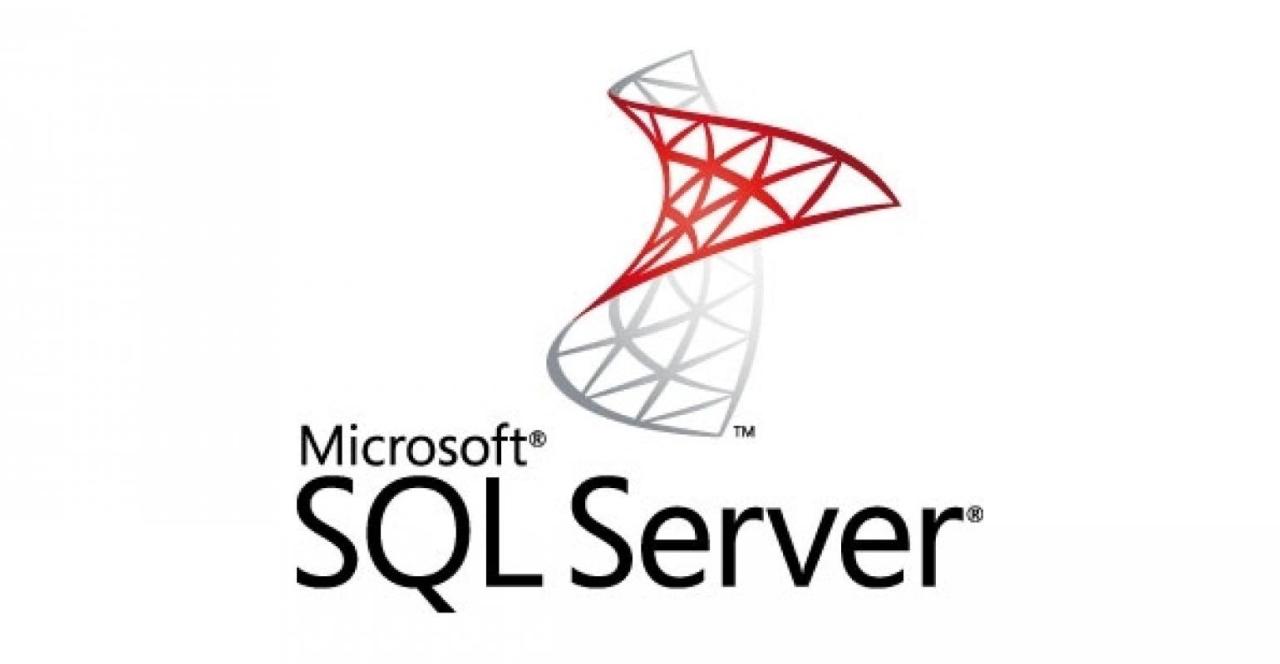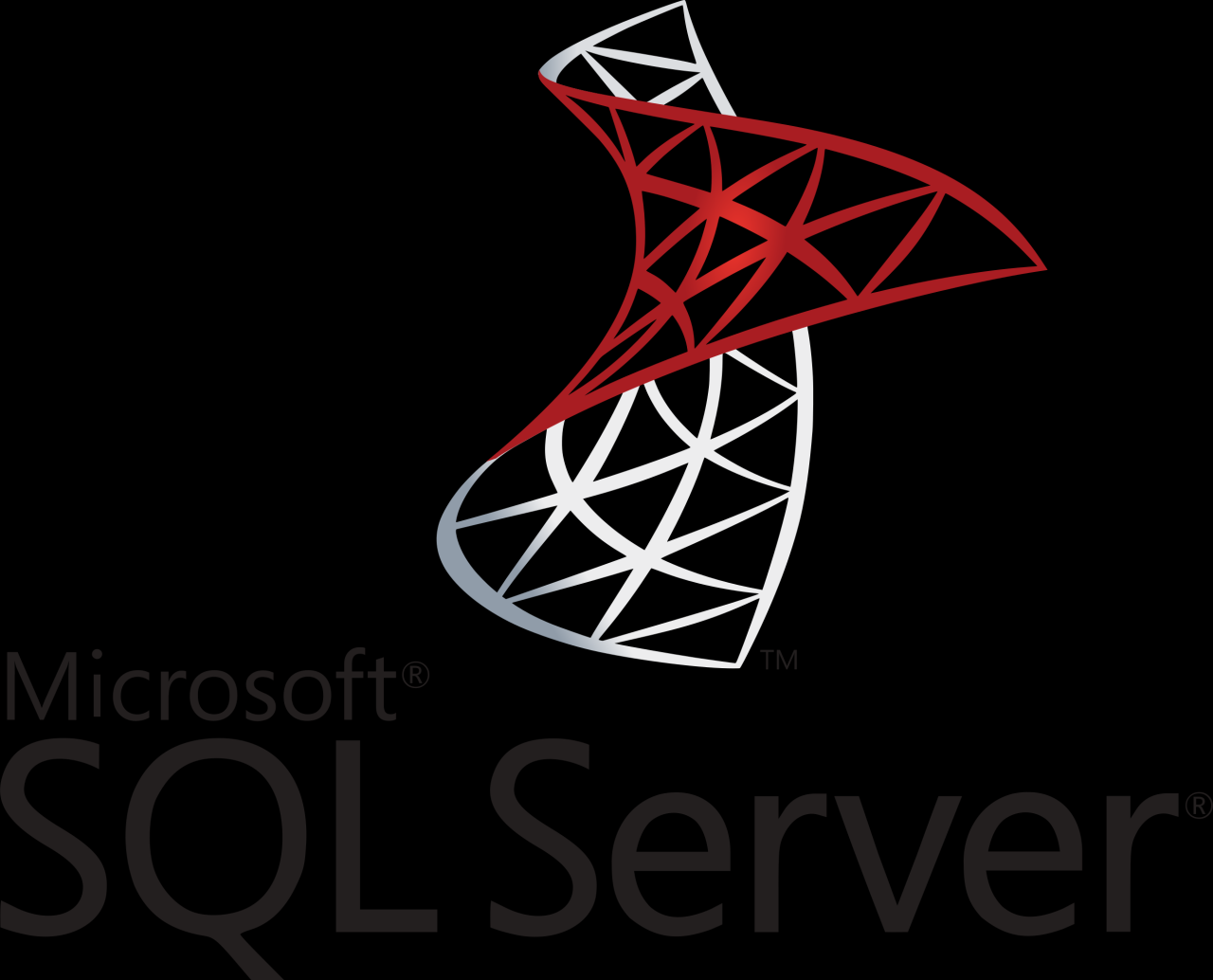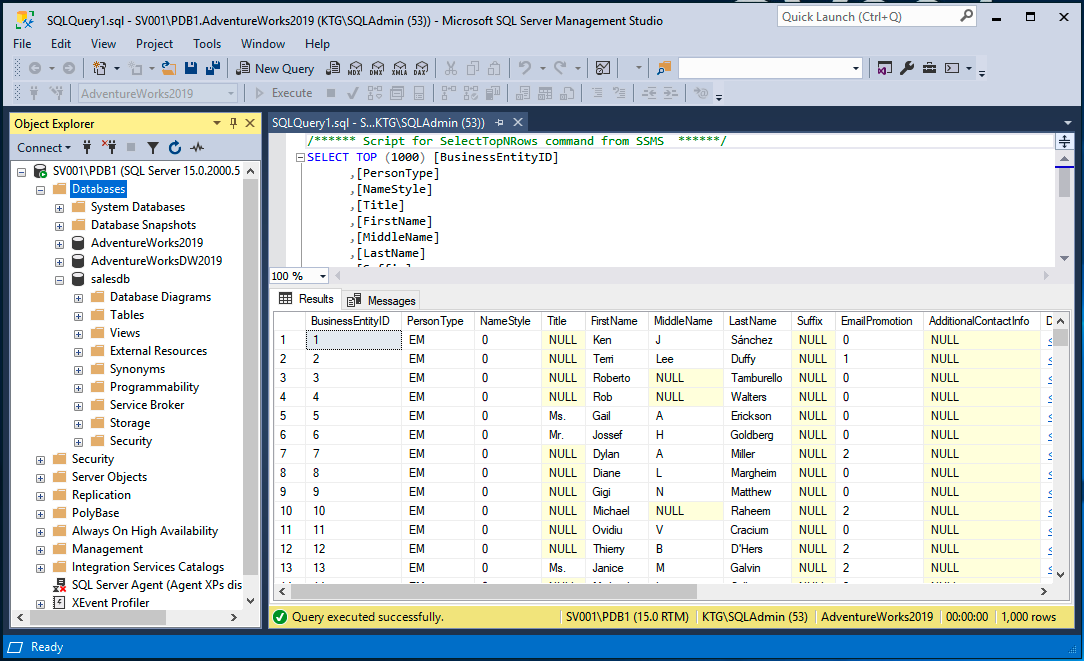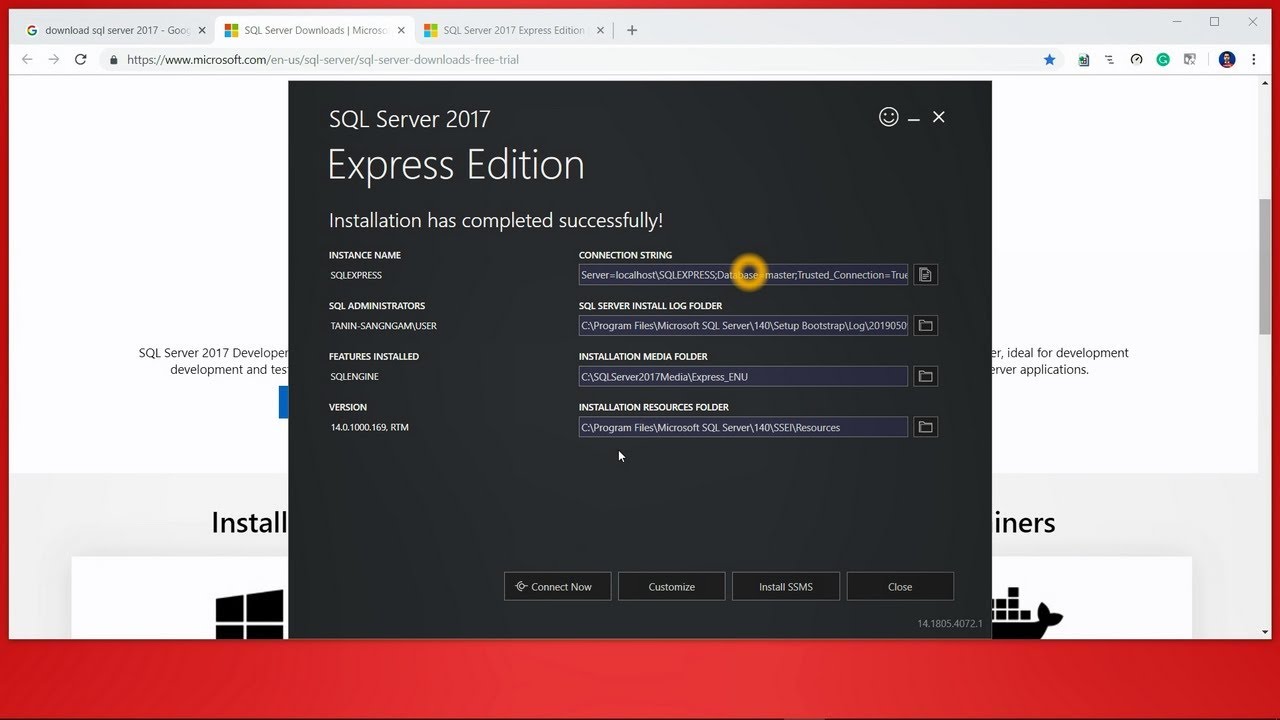MS SQL, or Microsoft SQL Server, is a powerful and versatile relational database management system (RDBMS) used by businesses worldwide. From managing customer data to powering online applications, MS SQL plays a crucial role in the modern digital landscape. This comprehensive guide will explore the fundamentals of MS SQL, its history, features, and real-world applications.
At its core, MS SQL enables the efficient storage, retrieval, and manipulation of structured data. It provides a robust platform for building and managing databases, ensuring data integrity, security, and scalability. Whether you’re a developer, data analyst, or business professional, understanding the concepts and capabilities of MS SQL can be invaluable in today’s data-driven world.
Database Design and Modeling

Database design and modeling are essential for creating efficient and effective databases. A well-designed database ensures data integrity, consistency, and ease of access, which are crucial for any organization. This section explores the principles of database design, including normalization, and provides an example of a database schema for a hypothetical business scenario.
Database Design Principles
Database design involves organizing data into a logical structure that meets the specific needs of an application. The primary goal is to create a database that is:
- Efficient: Data is stored and retrieved quickly and efficiently.
- Accurate: Data is consistent and free from errors.
- Flexible: The database can adapt to changing requirements.
- Secure: Data is protected from unauthorized access.
Normalization
Normalization is a process of organizing data in a database to reduce redundancy and improve data integrity. It involves breaking down large tables into smaller, more manageable tables with well-defined relationships between them. The goal is to minimize data duplication and ensure that data is stored in the most efficient way possible.
Normalization Forms
Normalization follows a set of rules known as normal forms. The most common normal forms are:
- First Normal Form (1NF): Each column in a table contains atomic values (indivisible units of data), and there are no repeating groups of columns.
- Second Normal Form (2NF): The table is in 1NF and all non-key attributes are fully dependent on the primary key.
- Third Normal Form (3NF): The table is in 2NF and all non-key attributes are dependent only on the primary key and not on other non-key attributes.
Example Database Schema
Consider a hypothetical online bookstore business. The database schema for this business might include tables for:
- Books: Contains information about each book, such as title, author, ISBN, genre, and price.
- Customers: Stores customer details, including name, address, and contact information.
- Orders: Tracks customer orders, including order date, items ordered, and shipping details.
- Order Items: Provides a detailed breakdown of items within each order, including book ID, quantity, and price.
Entity-Relationship Diagrams (ERDs)
ERDs are graphical representations of entities (objects) and their relationships in a database. They are used to design and model databases by visualizing the structure and relationships between data elements.
Creating an ERD
Creating an ERD involves the following steps:
- Identify Entities: Determine the key entities in the database, such as customers, books, and orders.
- Define Attributes: List the attributes (properties) of each entity, such as customer name, book title, or order date.
- Identify Relationships: Determine the relationships between entities, such as “customers place orders” or “orders contain books.”
- Specify Cardinality: Define the number of instances of one entity that can be associated with an instance of another entity (e.g., one customer can place many orders).
- Create the Diagram: Draw the entities as rectangles, attributes as ovals, and relationships as lines connecting the entities. Use symbols to indicate cardinality and other relationship properties.
Advanced SQL Techniques

This section delves into the realm of advanced SQL techniques, exploring powerful tools that enable complex data manipulation and analysis. We will examine subqueries, joins, stored procedures, window functions, common table expressions (CTEs), and the concept of transactions and concurrency control in SQL.
Subqueries
Subqueries are nested queries embedded within another SQL statement, allowing for data retrieval based on conditions determined by the subquery’s result. Subqueries can be used in various contexts, such as selecting data based on a specific condition, filtering data based on a calculated value, or updating data based on the result of a query.
Types of Subqueries
There are various types of subqueries, each serving a specific purpose:
- Scalar Subqueries: Return a single value. These subqueries are typically used in expressions where a single value is expected, such as in WHERE clauses, UPDATE statements, or INSERT statements.
- Correlated Subqueries: Refer to the outer query’s data. These subqueries are executed for each row processed by the outer query, allowing for dynamic data retrieval based on the outer query’s values.
- Multiple-Row Subqueries: Return multiple rows of data. These subqueries are used in conjunction with operators such as IN, EXISTS, or ANY/ALL to compare multiple values.
Examples of Subqueries
Here are some examples of subqueries in action:
- Selecting employees earning more than the average salary:
“`sql
SELECT employee_name, salary
FROM employees
WHERE salary > (SELECT AVG(salary) FROM employees);
“`This query uses a scalar subquery to retrieve the average salary from the `employees` table and then filters the outer query to select employees whose salary exceeds this average.
- Finding employees working in the same department as a specific employee:
“`sql
SELECT employee_name
FROM employees
WHERE department_id = (SELECT department_id FROM employees WHERE employee_name = ‘John Doe’);
“`This query uses a correlated subquery to retrieve the department ID of the employee named ‘John Doe’ and then filters the outer query to select employees working in the same department.
- Retrieving employees whose salary is among the top 5 highest salaries:
“`sql
SELECT employee_name, salary
FROM employees
WHERE salary IN (SELECT TOP 5 salary FROM employees ORDER BY salary DESC);
“`This query uses a multiple-row subquery to retrieve the top 5 highest salaries from the `employees` table and then filters the outer query to select employees whose salary is within this set.
Real-World Applications
MS SQL Server is a powerful and versatile database management system that is widely used across various industries and business scenarios. Its robust features, scalability, and reliability make it an ideal choice for organizations of all sizes.
Examples of MS SQL Server Usage
The following are some examples of how MS SQL Server is used in different industries:
- Retail: MS SQL Server powers online shopping carts, inventory management systems, and customer relationship management (CRM) systems, enabling retailers to track sales, manage inventory, and personalize customer experiences.
- Finance: Financial institutions rely on MS SQL Server for managing transactions, analyzing market data, and complying with regulatory requirements. It is used for online banking platforms, risk management systems, and fraud detection systems.
- Healthcare: Healthcare organizations use MS SQL Server to store and manage patient records, track medical billing, and analyze healthcare data. It plays a vital role in electronic health record (EHR) systems and medical research.
- Manufacturing: Manufacturers use MS SQL Server for production planning, inventory control, and quality management. It helps optimize production processes, track inventory levels, and ensure product quality.
- Education: Educational institutions use MS SQL Server to manage student records, track course enrollment, and analyze student performance. It also supports online learning platforms and library management systems.
Case Studies of MS SQL Server Benefits
Here are some case studies that demonstrate the benefits of using MS SQL Server:
- Retail giant uses MS SQL Server to improve customer experience: A major retail company implemented MS SQL Server to manage its online store and improve customer experience. The system allowed the company to personalize product recommendations, provide real-time inventory updates, and offer seamless checkout processes. This resulted in increased customer satisfaction and sales.
- Financial institution uses MS SQL Server to enhance fraud detection: A financial institution used MS SQL Server to develop a sophisticated fraud detection system. The system analyzed transaction data and identified suspicious patterns, preventing millions of dollars in fraudulent activity. This significantly reduced financial losses and enhanced customer security.
- Healthcare provider uses MS SQL Server to improve patient care: A healthcare provider implemented MS SQL Server to create an electronic health record (EHR) system. The system allowed for efficient patient data management, improved communication between healthcare providers, and reduced medical errors. This resulted in better patient care and increased operational efficiency.
Challenges and Solutions in Implementing MS SQL Server
While MS SQL Server offers numerous benefits, implementing it in real-world applications can present challenges.
- Data Security and Privacy: Protecting sensitive data is crucial. Implementing strong security measures, such as encryption, access control, and regular security audits, is essential to mitigate risks.
- Performance Optimization: As data volumes grow, ensuring optimal database performance becomes critical. This requires proper indexing, query optimization, and database tuning to avoid performance bottlenecks.
- Scalability and Availability: Scaling MS SQL Server to accommodate increasing data volumes and user traffic requires careful planning. Techniques like database clustering, replication, and load balancing can help ensure high availability and scalability.
- Integration with Other Systems: Integrating MS SQL Server with other systems, such as enterprise resource planning (ERP) systems or customer relationship management (CRM) systems, can be complex. Careful planning and using appropriate integration tools are essential.
Concluding Remarks: Ms Sql

As we conclude our exploration of MS SQL, it’s evident that this technology offers a powerful and reliable foundation for managing and leveraging data. From its historical roots to its advanced features, MS SQL continues to evolve, meeting the growing demands of modern businesses. Whether you’re embarking on a new database project or seeking to optimize existing systems, the knowledge gained from this guide will empower you to effectively utilize the capabilities of MS SQL.
MS SQL is a powerful database management system, ideal for storing and managing large amounts of data. You might think it’s all serious business, but even database administrators can have fun! For example, you could use SQL to track the materials you need for a spooky Halloween party, like the ones featured in these DIY ghost decorations.
Once you’ve got your decorations planned, you can use SQL to manage your inventory and ensure you have everything you need for a truly haunting celebration.




